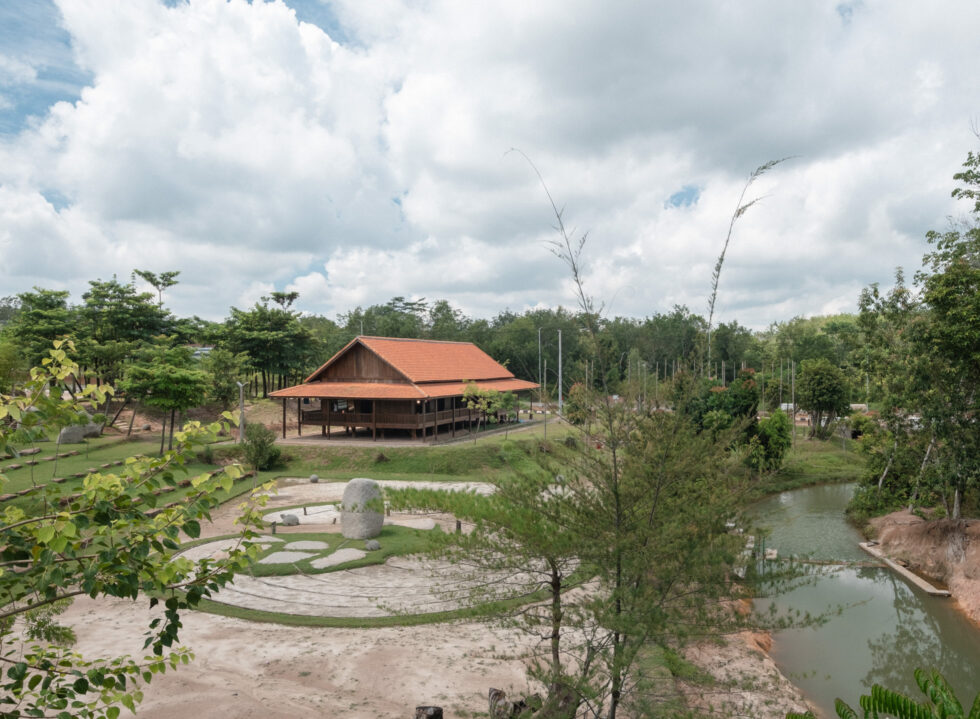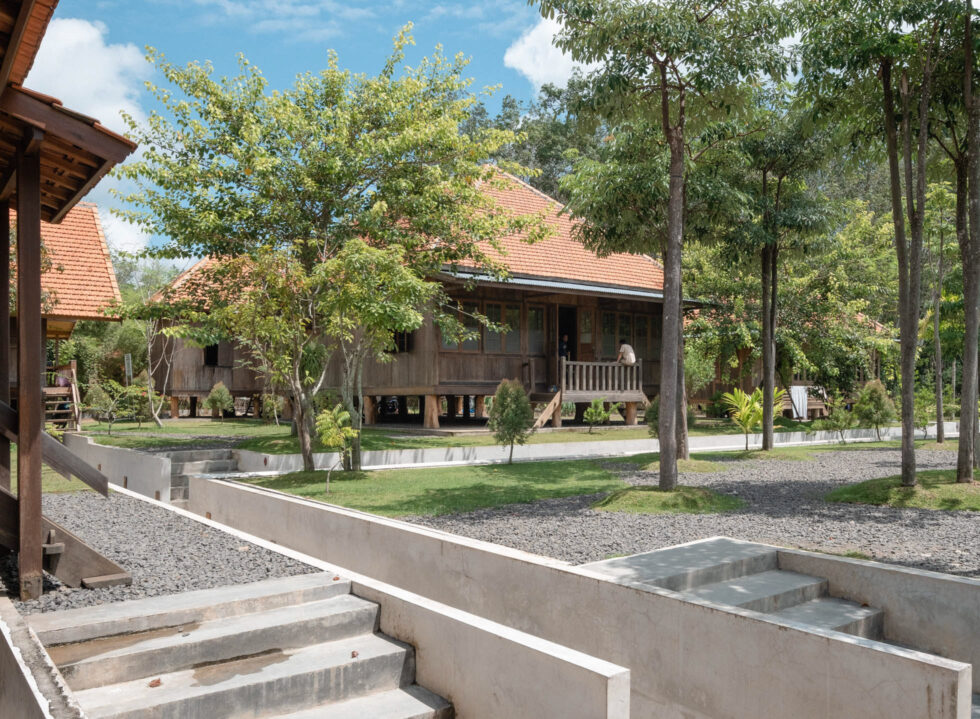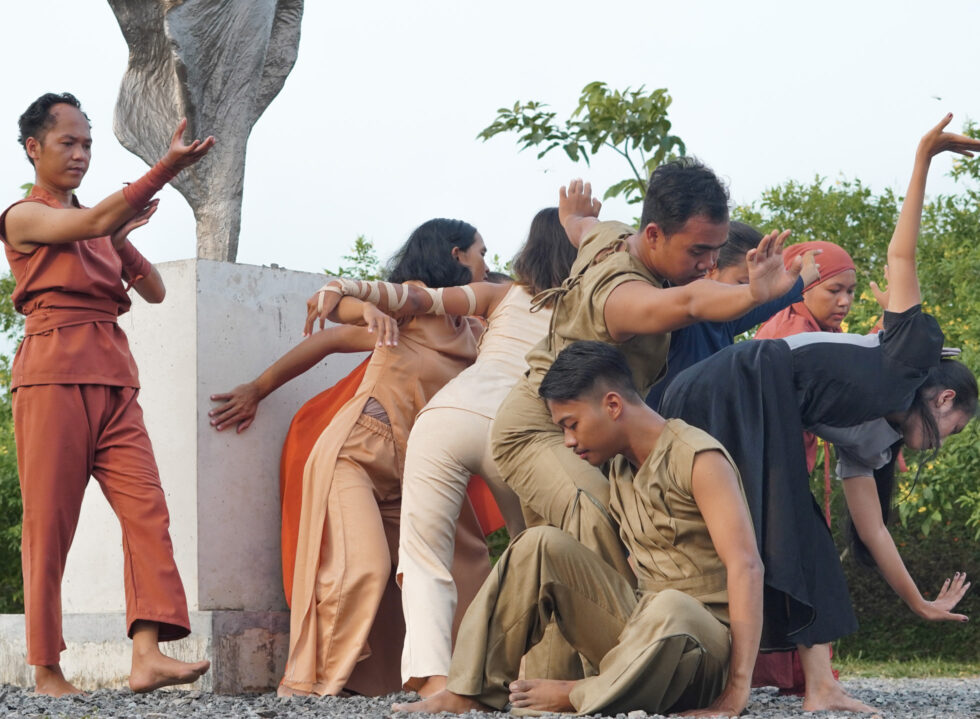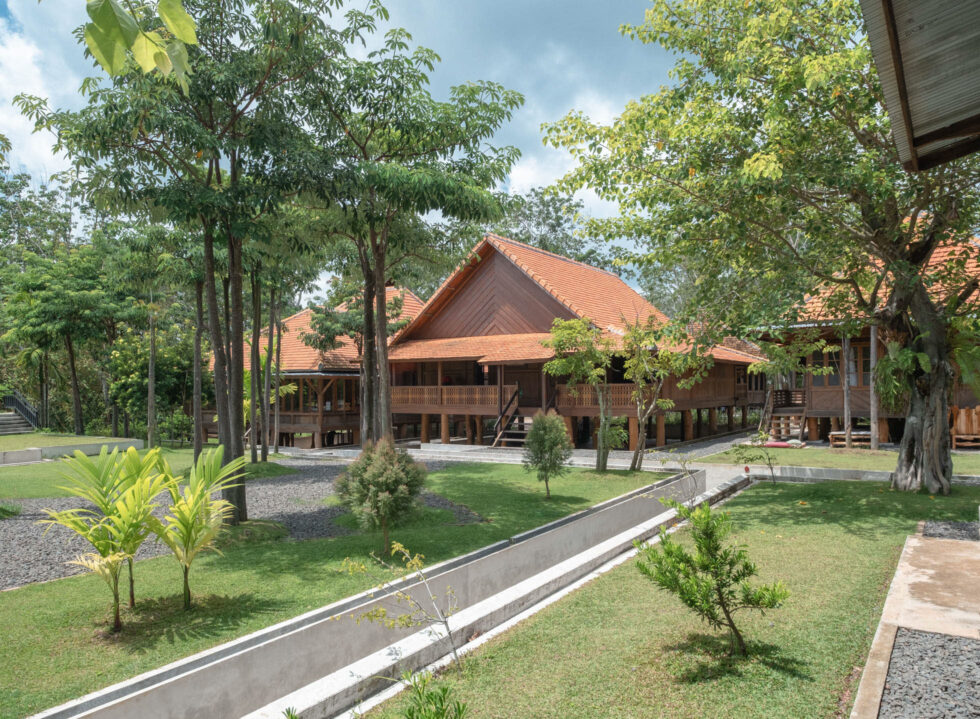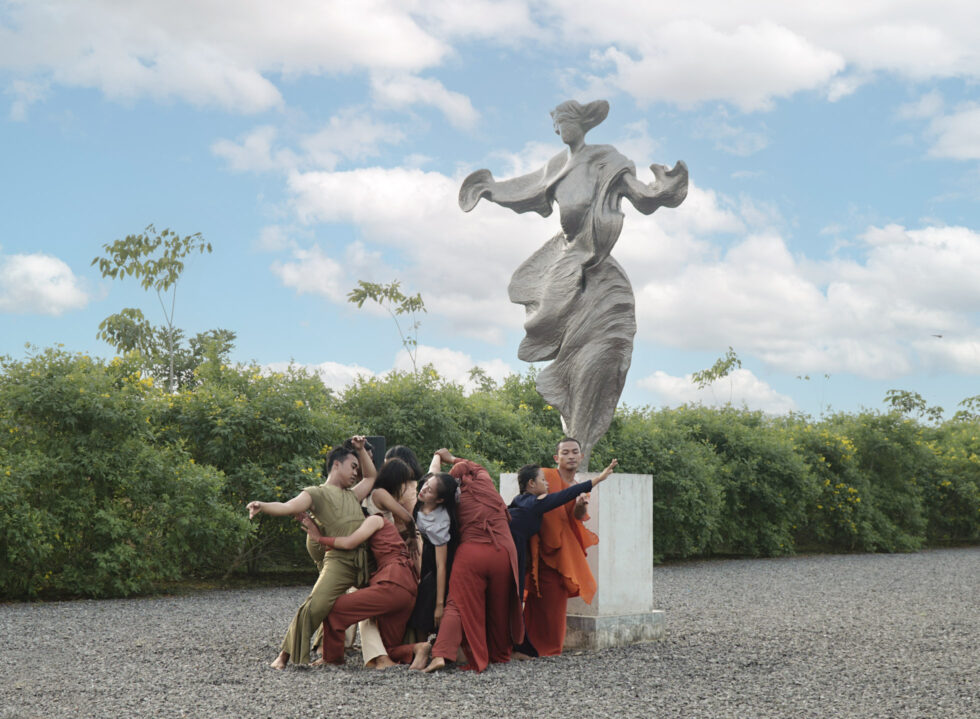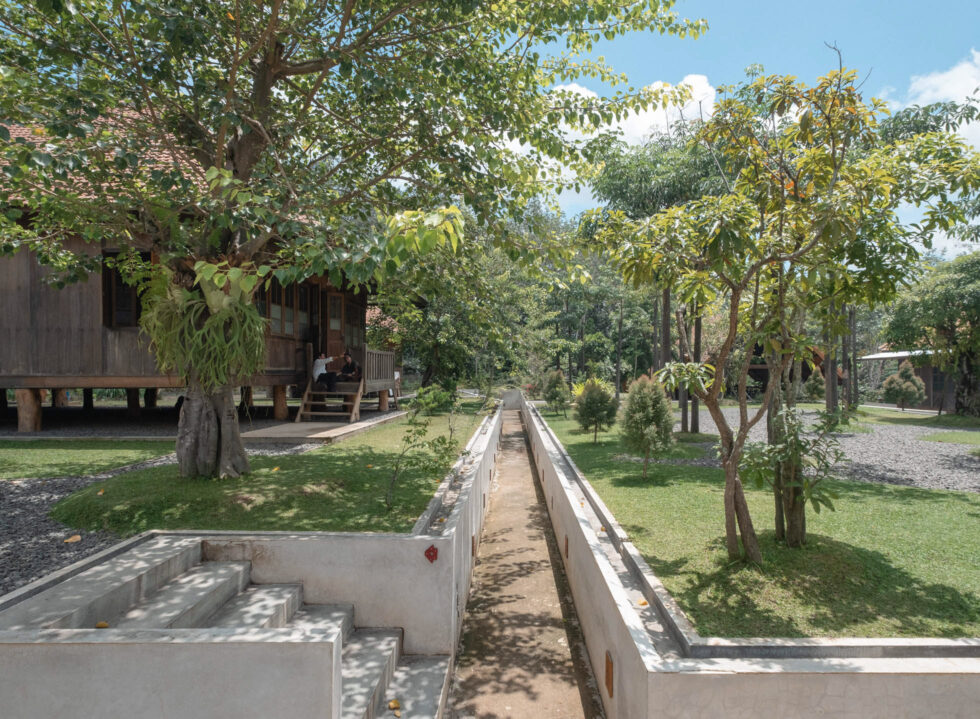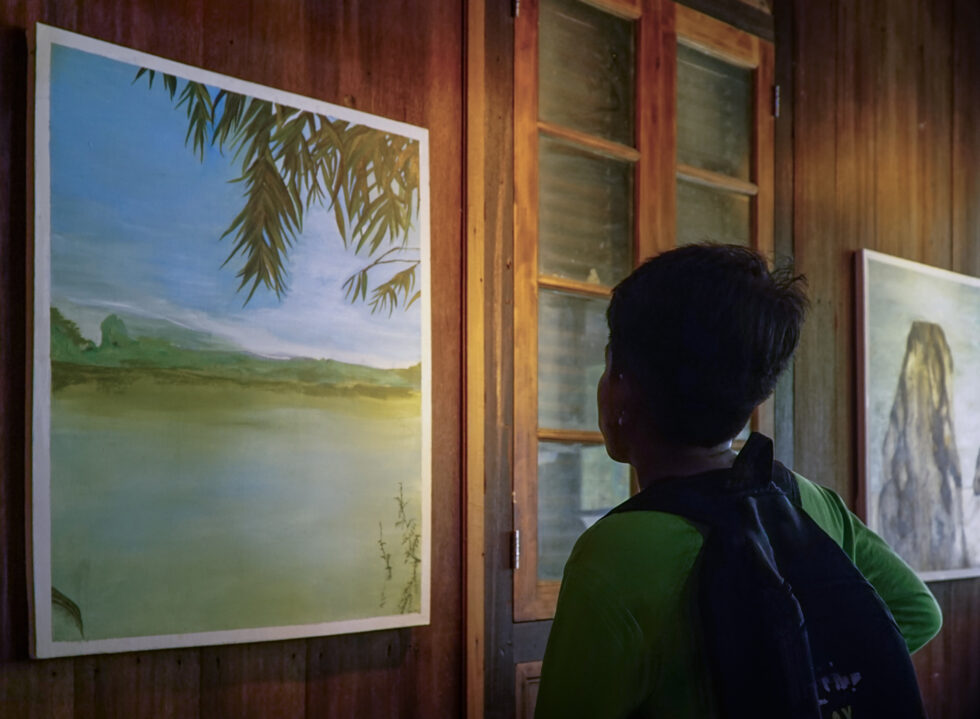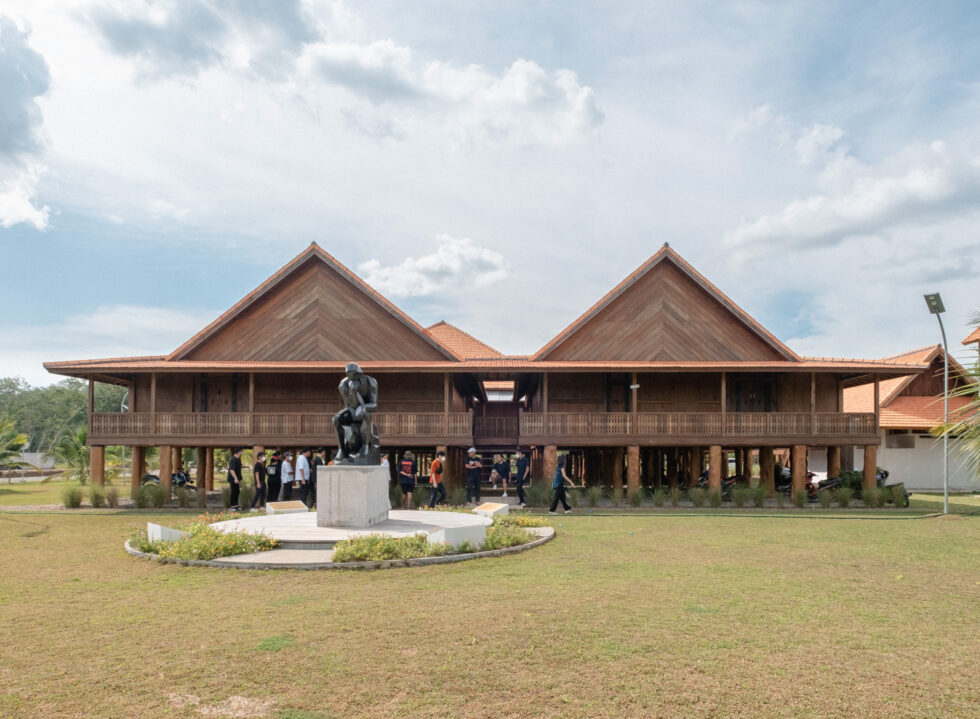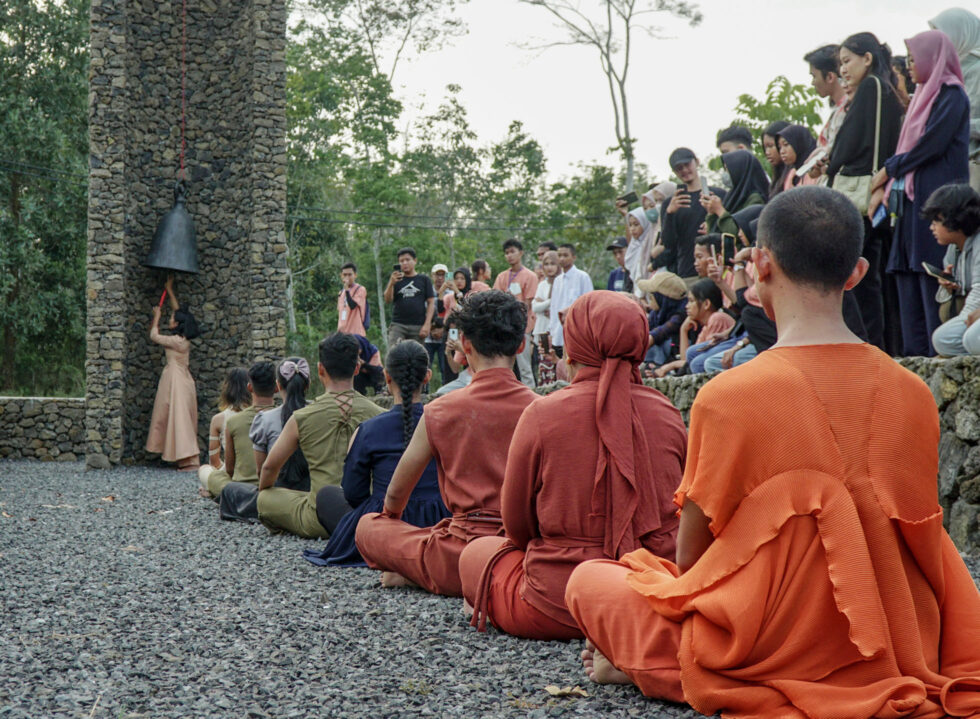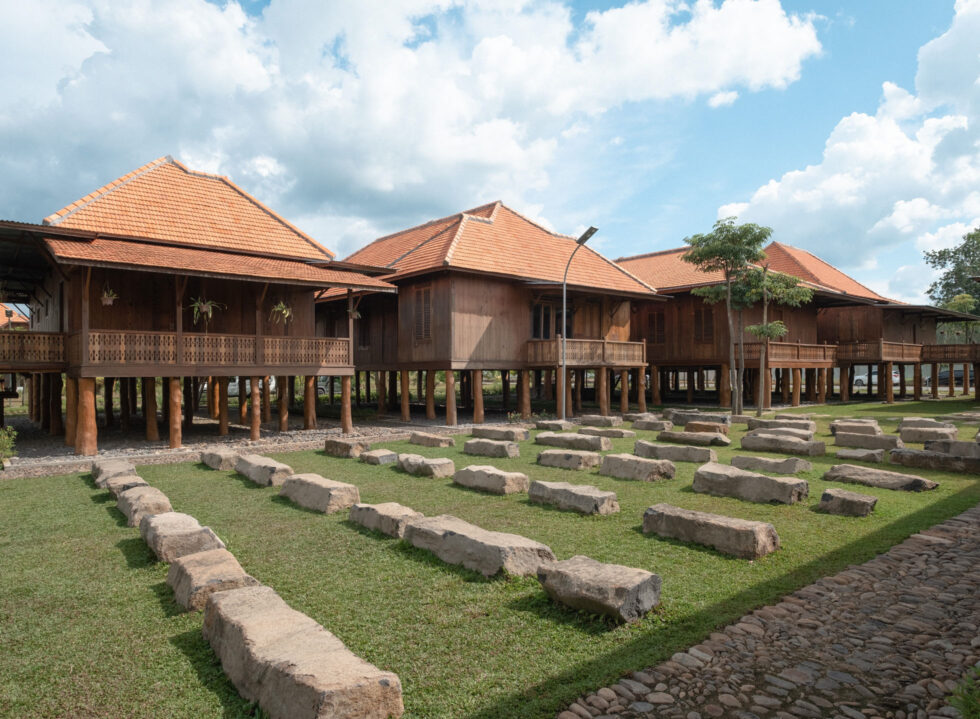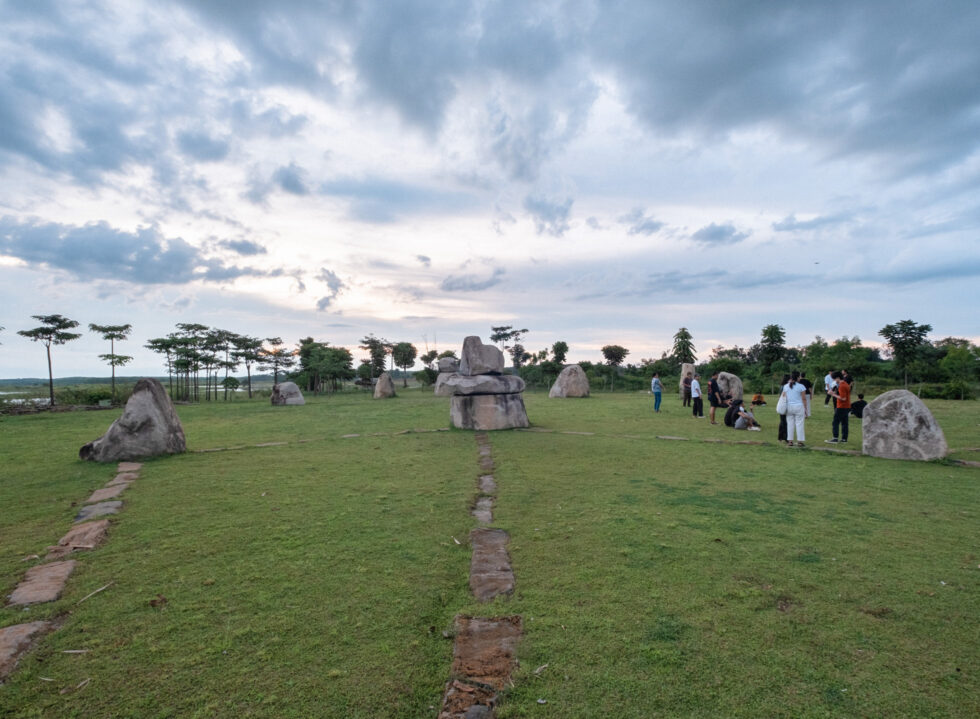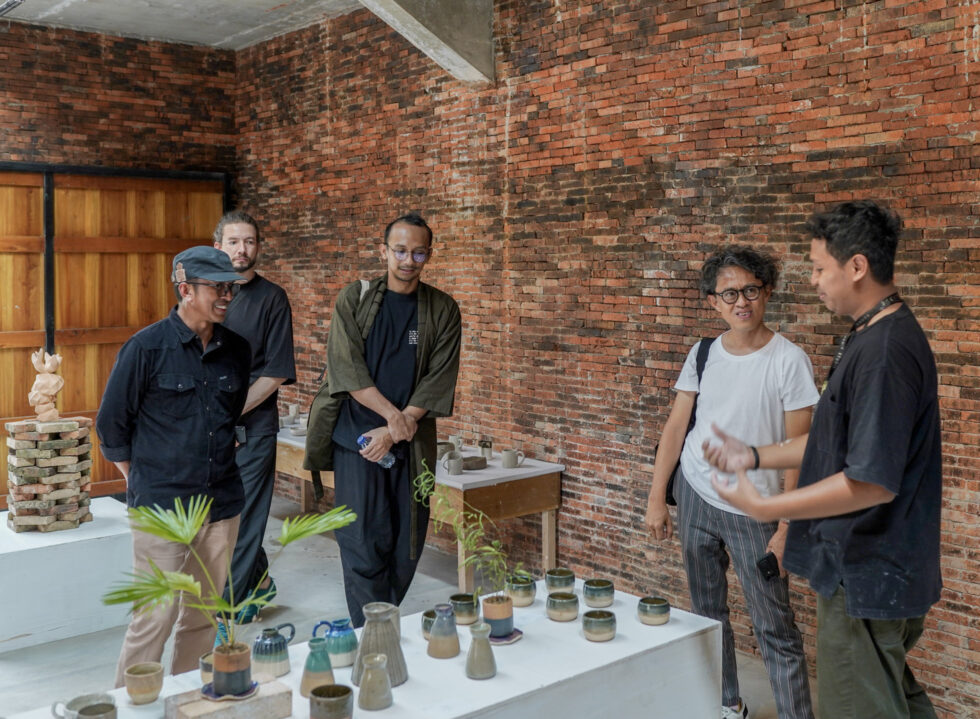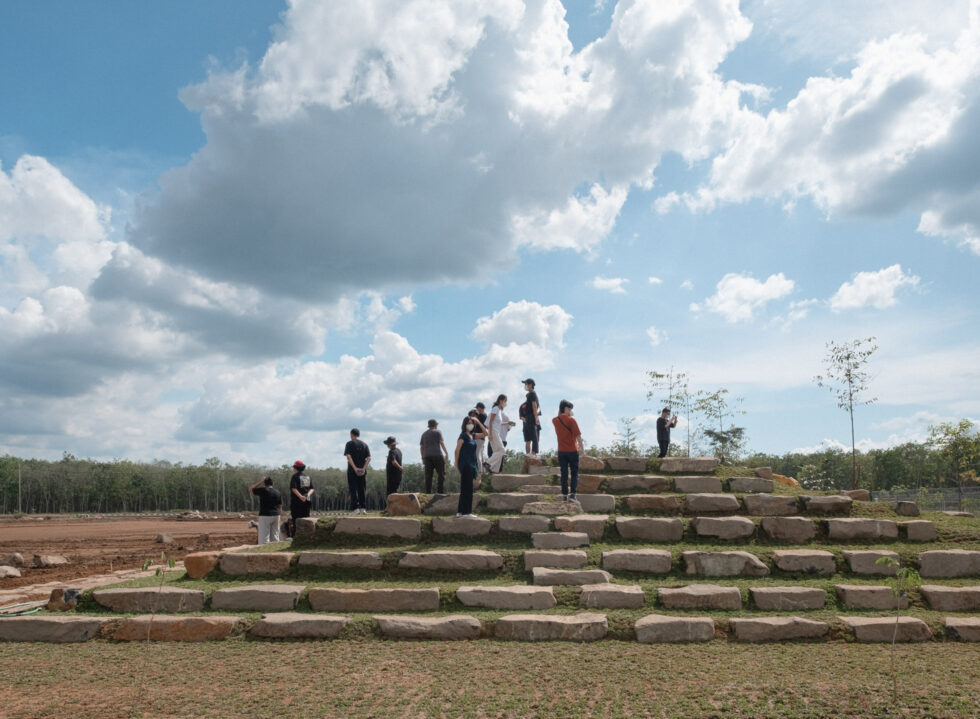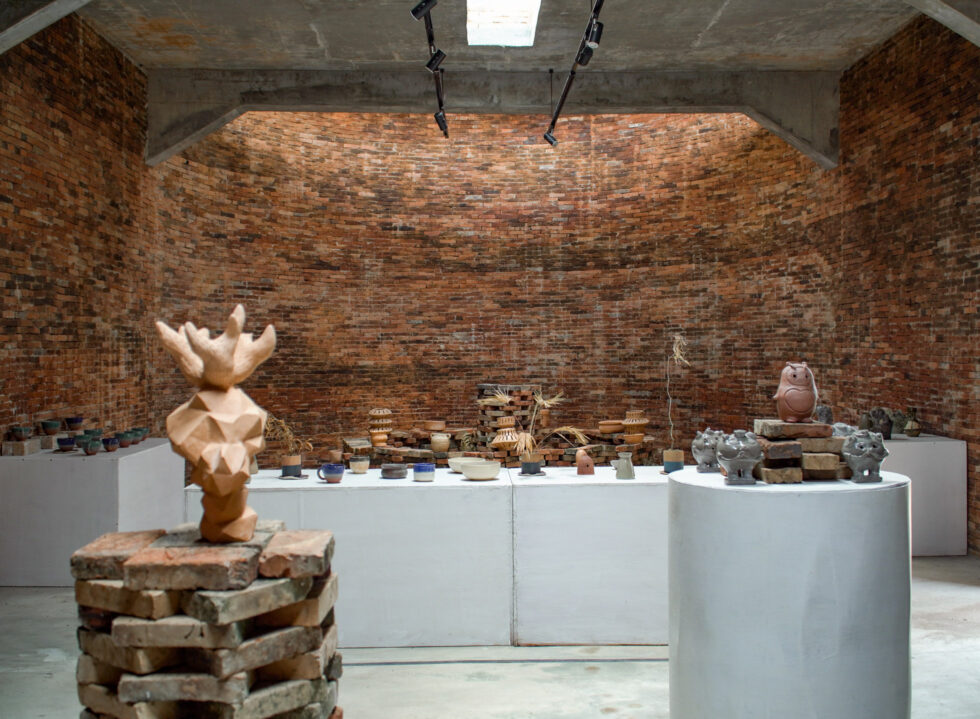Menuju Tubaba is a three-part series article that unpacks the master plan of the newly developed district of Tubaba. In the first part, we traced back to where the collaborative project started. In the second part, we dived into the visual identity of Tubaba through its developing landmarks and various ongoing projects.
In late July this year, Tubaba Art Festival (TAF) welcomed over 3,000 visitors to its seventh edition event, a headcount that keeps increasing from previous years. Fifty dancers garbed in the traditional attire of Tulang Bawang Barat commenced the festival with a pounding performance of “Nenemo”, a traditional dance laden with the Lampung philosophy of nemen (hard-working), nedes (resilient) and nerimo (sincere), across the amphitheatre of Kota Budaya Uluan Nughik.
Set in Panaragan Jaya, the subdistrict of Tulang Bawang Barat regency, this show of local identity throbbed throughout the three-day festival, where a lineup of theatre plays, art exhibitions, workshops, and site-specific contemporary dance performed by the students of Sekolah Seni Tubaba showcased the artistic potential of the young Lampung district.
Adding to the festival’s excitement was the appearance of acclaimed film director Riri Riza, as well as the Aga Khan-recipient Bangladeshi architect Marina Tabassum, who discussed over Zoom her invention of Khudi Bari, a vernacular and durable mobile unit house set to be built in the village areas of the district.
This is Tubaba at present, joyous and confident in its growing landscape of art and culture. Just a decade ago, such a scene would have been unimaginable in an area deemed unlikely to house such festivity. But this is visibly changing under the banner of Menuju Tubaba, a city-scale transformation project led by Tulang Bawang Barat’s former head regent Umar Ahmad and architect Andra Matin since 2013.
The ‘soul’ of a city
“From the start, our aim is to grow Tubaba based on artistic and cultural values. The ‘soul’ of this place has to come from there,” said Pak Umar of his big vision.
He relayed this to Semi Ikra Anggara, director of Sekolah Seni Tubaba (formerly known as Kelas Seni Tubaba), who has been developing the art school’s curriculum and programmes since its initiation in 2016. In the early stage, Semi was also assisted by Hanafi, the renowned painter and founder of Studiohanafi, whom Andra Matin and Pak Umar appointed to help with Tubaba’s cultural and art development.
“When we first started, many cities were being branded through various tourism work, one of them being art festivals. At the time, I thought Tubaba could not be like that. We must first establish a foundation for character formation and development, and we believe it can be accomplished through art.”
Sekolah Seni Tubaba is situated inside Kota Budaya Uluan Nughik, a sprawling cultural complex designed by architect Yori Antar spanning a cultural centre, a weaving house, a coffee shop, a ceramic studio and a university in the making. Interspersed across the open 1,800-hectare space are wooden stilt houses inspired by the design of indigenous homes in Sumatra. They also uniquely function as classrooms; lessons from fine arts, theatre and dance to literature are held in these spaces, taught by a growing group of art facilitators who come from Jakarta, Bandung, Yogyakarta and Bali.
At first, the concept of Tubaba’s art festival started as a simple show-and-tell platform where students get to exhibit their end-of-year projects. Today, it has turned into a large-scale cultural celebration that extends beyond the cultural complex, giving freedom for students to visualise their work in public spaces across the city, such as Pasar Pulung Kencana Market and Sessat Agung Cultural Centre. Not to mention the household names that have participated in the festival, from artist Melati Suryadarmo to notable sculptor Dolorosa Sinaga.
“Back in 2015, there were many public spaces in Lampung that felt empty because no cultural activities thrived in these spaces. This is not what we want for Tubaba,” said Semi over Zoom. “TAF is one of the ways we build that experience. We also see this festival as a means of self-development for our children where they can learn about curatorial works, expand their networks, and draw positive insights from various art and cultural practitioners.”
Passing the baton
One of the young talents nurtured from this environment is Zainul Jinan, a final-year architecture student born and raised in Tulang Bawang Barat. A first-generation student of Sekolah Seni Tubaba, the 25-year-old also works closely with Pak Umar for Menuju Tubaba and represents the young generation of Tulang Bawang Barat who are moving forward with their aspirations for the city.
“At Sekolah Seni Tubaba, art is seen as something enjoyable and fulfilling,” shared Jinan of his experience. “We were not taught to be artists, but instead to see art as paving the way for progress and civilisation.”
In May last year, the then-head regent Pak Umar officially unveiled Tanoh Nughik, a striking ceramic studio tucked away inside Taman Budaya Uluan Nughik. Designed by Jinan himself, the studio’s masonry evokes the look of a medieval European fortress, boasting walls constructed from an impressive 80,000 bricks that offer warmth and texture to the natural surroundings of rubber trees encircling the open area.
Headed by ceramist Baskoro Wicaksono, who also owns Rumah Keramik Studio in Kota Metro, Lampung, students from the art school, various tiyuh (village) in the district and the greater Lampung area visit the studio for a session on the wheel, where their glaze explorations of mugs, bowls and flower vases have also been exhibited at the recent art festival.
“This is quite a special project for me,” gushed Jinan. “Tanoh Nughik means tanah kehidupan (land of life), the idea that humans live and return to the soil. As the architect, I tried to weave a story through the materials I chose, like the use of brick to represent the ceramic itself.”
A steady step forward
In Lampung, the local philosophy of nemui nyimah—which means welcoming and appreciating the people who visit your home—finds resonance with Tulang Bawang Barat’s history as a transmigration hub, whereby Lampung natives and settlers from different parts of Indonesia set their differences aside to establish livelihood in the land. For Semi, Tubaba grows from this awareness and is also a realisation of this hybridity.
“What’s important is not who you are or where you’re originally from, but what we can achieve together regardless. Once we realise this, creativity will keep flowing, in every aspect. That’s why I believe Tubaba is a cultural living space that sees no end, it keeps moving,” said Semi. “But everything takes time. Just be patient in the process, this is what we always emphasise to the students and ourselves.”
Treading a similar path and pace in their mission to develop Tubaba is Pak Umar and the team of Menuju Tubaba. A process that isn’t rushed, some projects that have been in the works include PU.TO, a public toilet project spearheaded by Andi Rahmat of NUSAE and Herman Desmanto of ARA Studio, and a masterplan for a “never-before-seen” city construction with Danny Wicaksono of Studio Dasar at the helm.
“We need to have faith in this project and keep on believing that it doesn’t stop with us, it will continue on,” expressed Pak Umar. Today, this message finds momentum and urgency amongst the younger generation like Jinan, as the question of what it means to be manusia Tubaba (people of Tubaba) takes on a new layer of meaning.
“Being a person from Tubaba is a gift, that’s what I always say to people around me,” closed Jinan. “Menuju Tubaba will probably be one of the best city planning programmes in Indonesian history, and I am part of that. If you ask me what position I want to hold in the future, I haven’t thought that far yet. But what’s clear is I always want to be present and involved in this journey of developing Tubaba.”
